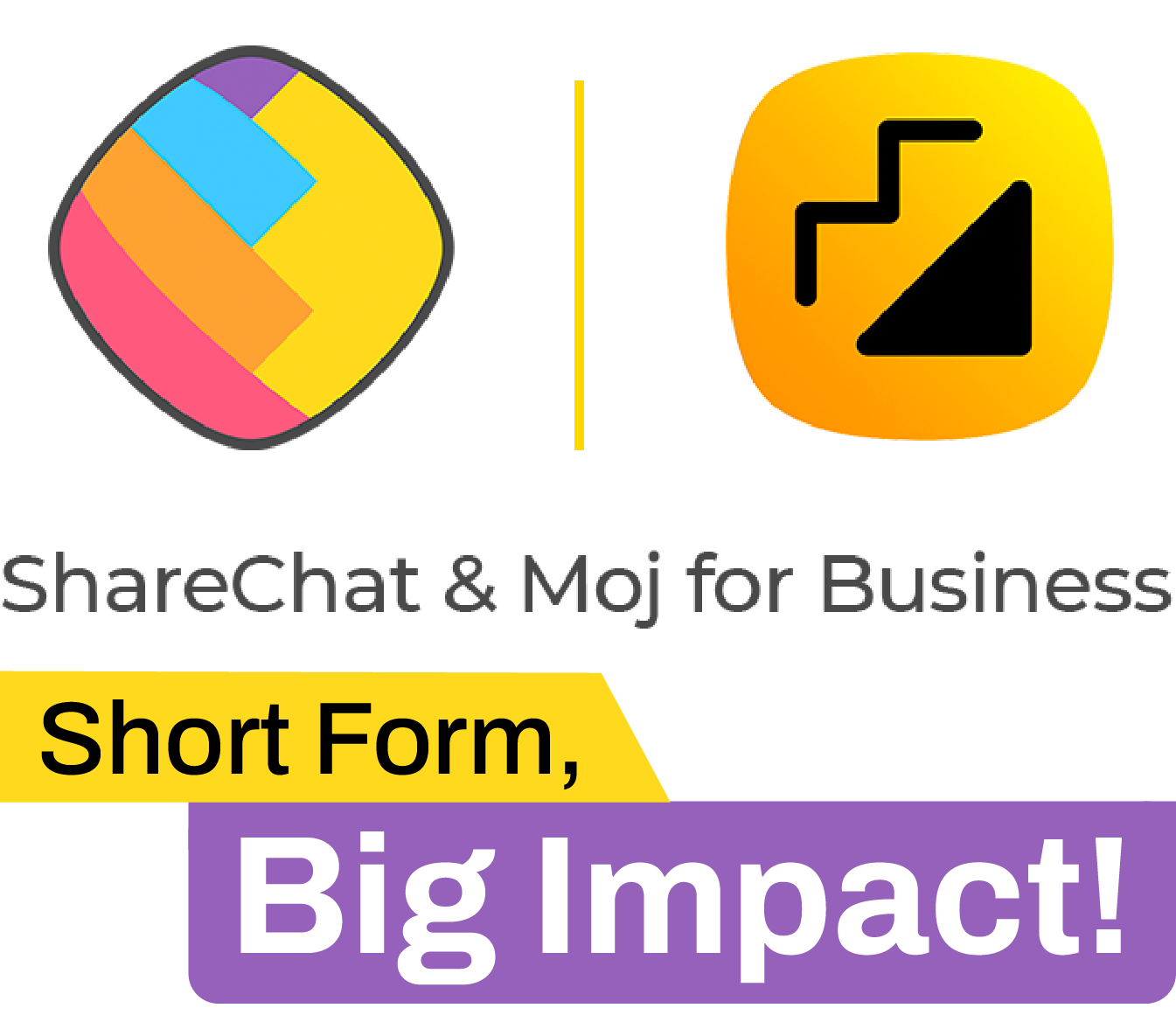How To Get Social Commerce Right In Bharat?

On average, Indians spend about 2.4 hours on social media every day. Given the importance of social media in the lives of Indians, it’s only natural that e-commerce brands are now using social media in a more integrated manner to directly sell to the end consumers. Social commerce is predicted to grow to $17 Bn in GMV by 2025. That’s a CAGR of 59%. However, brands looking to tap into the social media users need to look at one more data point - approximately 49% urban active internet users in India prefer to consume content in Indic languages. These users are collectively being referred to as Bharat.
Here’s what makes Bharat a lucrative audience segment for e-commerce brands:
- Social media is a critical component in the life of Bharat: At 62%, social media is one of the most engaged app categories for Bharat. Be it news or entertainment, Bharat turns to social media for its online consumption. Not just that, Bharat also relies on social media for purchase recommendations.
- Bharat is affluent and digitally savvy: A high representation in the NCCS A and B segments - 33% and 34% respectively - indicates high affluence. In addition to the propensity to pay, it’s also critical to look at how Bharat makes payments for purchases. 46% of Bharat use mobile wallets, while 56%of the users opt to pay via UPI; signifying digital savviness.
Brands can use several types of content formats to promote their products to Bharat on social media platforms.
- User-generated content Brands often collaborate with social media platforms and introduce interactive challenges and polls centric on their products. This drives up excitement and engagement levels among customers who are also incentivised by brands with giveaways and prizes for their active participation.
- Product reviews
Product reviews are an important source of information for consumers to make their final purchase decision. Brands collaborate with reviewers and creators to share their experiences of using the product. Due to the high relatability of creators with the target audiences, such content enables brands to drive potential buyers to take action faster than direct ads. - Product integration through videos and widgets
Product videos allow brands to demonstrate features of their products in a detailed way, without requiring the consumers to go through feature pages or documents. They keep consumers engaged, informed and entertained. Brands can also make it easier for shoppers to buy their favourite items through simple CTAs or widgets such as - 'see it', 'click it' or 'buy it’. - Creators led content
Creators build their communities through carefully crafted content that resonates with their target audience. Due to their authenticity and relatability, creators have a more meaningful relationship with consumers. Rather than directly pitching products, creators enable brands to integrate their products in a larger story that connects and engages the end consumer better and more impactfully, thereby driving higher sales. Here’s a detailed toolkit on leveraging creators to drive impact.
What are the 3 trends of social commerce in 2022?
Consumer demands are dynamic and continuously set new trends online. Here are a few trends that e-commerce brands need to look at to stay ahead of the curve:
- Explore digital avatars
Avatars are a fun and engaging way of promoting sampling and giving users an experience of the product digitally. Consumers can explore how the products and accessories would look on them before making the purchase. - Leverage the native experience of platforms
For the digitally savvy consumer of today, experience is everything. Social media platforms are investing heavily in creating features that retain the consumers within the ecosystem. From viewing the entire catalogue to checking out, brands can remove the friction points and offer a seamless journey to their consumers. Brands that can provide quick gratification to their consumers will win their hearts. - Leverage AI, AR and ML to provide a seamless user experience
Using emerging technologies like AI, AR and ML can ensure a seamless user experience for Bharat. For example, incorporating chatbots, powered by AI, can resolve consumer queries within the least possible time.
How to get social commerce right in Bharat?
While Bharat makes for a high potential audience for e-commerce brands, tapping into Bharat needs a customised strategy that takes into account its behavioural, cultural and language preferences.
Here’s what e-commerce brands need to focus on for an impactful Bharat-focussed social commerce strategy:
- Choose the correct platform
While there are several online platforms and social media apps to choose from, there are however only a select few that focus on engaging Bharat audiences. Marketers need to choose those platforms that form a key component of Bharat’s daily lives and consumption. Given this audience’s preferences for Indic languages, brands need to make language-first social media platforms a part of their media mix. - Align content with the chosen platform
The next step after choosing the right platform is to create content that aligns with that platform. For example, Bharat prefers streaming video content. Thus, brands looking to engage Bharat need to focus on creating customised videos in Indic languages on language first social networks, short video platforms, and other language focussed content platforms. - Focus on engagement
Engagement needs to be at the core of creating content. Partnering with language first creators, creating interactive content, etc is a sure-fire way to engage audiences and create top-of-mind recall. Rather than ads that focus just on the products, brands need to focus on integrating their products as a part of a larger story. For instance, SUGAR Cosmetics collaborated with Moj to launch an engagement campaign using the branded hashtag challenge #GetReadyWithSUGAR. Learn more about the campaign [here] - Measure results and optimise
While sales will continue to be the key metric, brands need to look at impressions, click-throughs, view-throughs and shares as mid-point metrics to gauge awareness and engagement in the core target audience.
Bharat will continue to be a high-potential market for e-commerce brands. Given the love for social media, brands looking to tap into Bharat will have to keep social media at the centre of their overall go-to-market strategy. However, simply using social media to create awareness will not be enough. To stand out from the rest, e-commerce brands need to integrate social commerce into their marketing strategy.
Data source:
https://www.talkwalker.com/blog/social-media-statistics-in-india
https://economictimes.indiatimes.com/tech/technology/global-social-commerce-market-to-hit-1-2-trillion-by-2025-accenture/articleshow/88691925.cms?from=mdr
Kantar ICUBE
YouGov Study for ShareChat, Dec 2021


